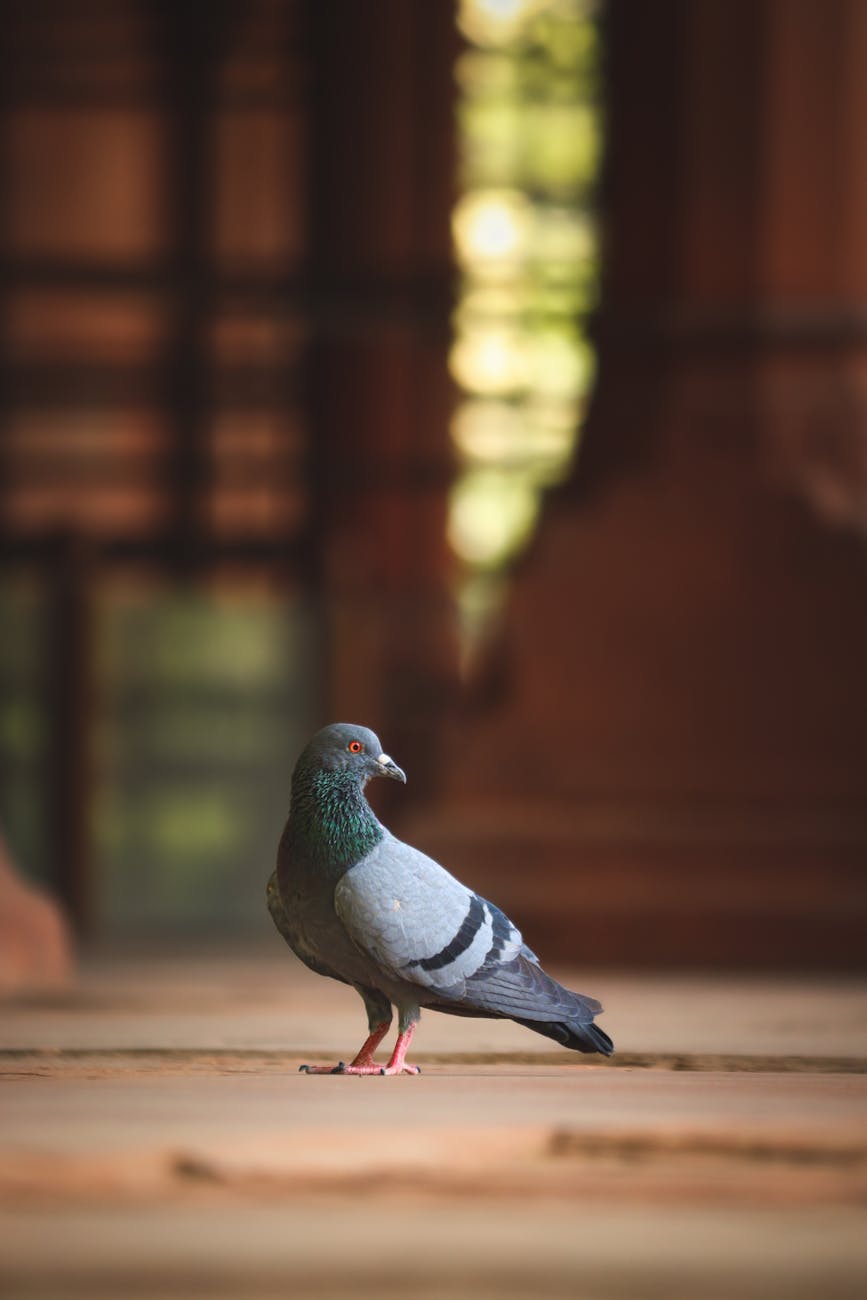Parrots and Songbirds: Masterful Mimicry Unleashed
Parrots and songbirds are among nature’s most talented imitators, showcasing their incredible mimicry abilities through a symphony of sounds and calls. The ability of these fascinating creatures to mimic human speech, other birds’ calls, and environmental noises has captivated bird enthusiasts and researchers alike. In this article, we will delve into the world of parrots and songbirds, exploring their remarkable mimicry skills, the science behind it, and the factors that contribute to their mastery of mimicry.
The Science Behind Mimicry in Parrots and Songbirds
Mimicry in parrots and songbirds is a complex behavior that involves a combination of vocal learning, memory, and motor skills. These birds have specialized vocal structures that allow them to produce a wide range of sounds and imitate various sounds they encounter in their environment. Studies have shown that parrots and songbirds learn to mimic by listening to and practicing the sounds they hear, often fine-tuning their vocalizations over time to achieve greater accuracy.
Vocal Learning: A Key Factor in Mimicry
One of the key factors that contribute to the exceptional mimicry abilities of parrots and songbirds is their capacity for vocal learning. Unlike many other bird species whose vocalizations are genetically predetermined, parrots and songbirds have a unique ability to learn and imitate sounds from their surroundings. This vocal learning ability enables them to mimic human speech, melodies, and even the sounds of other animals with astounding precision.
Environmental Influences on Mimicry
The environment plays a crucial role in shaping the mimicry skills of parrots and songbirds. Birds raised in captivity, for example, are more likely to mimic human speech and sounds commonly heard in their surroundings. On the other hand, wild birds may mimic the calls of other birds in their natural habitat to communicate or establish territory. The diversity of sounds present in an environment can influence the repertoire of sounds that a parrot or songbird learns to mimic.
Behaviors Associated with Mimicry
In addition to vocal mimicry, parrots and songbirds may also mimic non-vocal sounds such as the creaking of doors, ringing of phones, or even musical instruments. This behavior is not only a form of entertainment but also serves practical purposes. Some species of parrots, for instance, use mimicry as a defense mechanism to confuse predators or to attract mates. Songbirds, on the other hand, may use mimicry to enhance their songs and increase their chances of mating success.
Conservation and Appreciation of Mimicry in Birds
The mimicry abilities of parrots and songbirds highlight the remarkable intelligence and adaptability of these avian species. As human activities continue to impact bird populations and their natural habitats, it is crucial to appreciate and protect these birds for future generations to enjoy. Conservation efforts aimed at preserving bird species and their unique behaviors, including mimicry, are essential in maintaining the biodiversity of our planet.
In conclusion, the mimicry skills displayed by parrots and songbirds are a testament to the intricate capabilities of these fascinating creatures. From mimicking human speech to imitating environmental sounds, these birds continue to astonish and delight us with their talent for mimicry. By understanding and celebrating the mimicry of parrots and songbirds, we can deepen our appreciation for the natural world and work towards ensuring the conservation of these extraordinary avian species.
